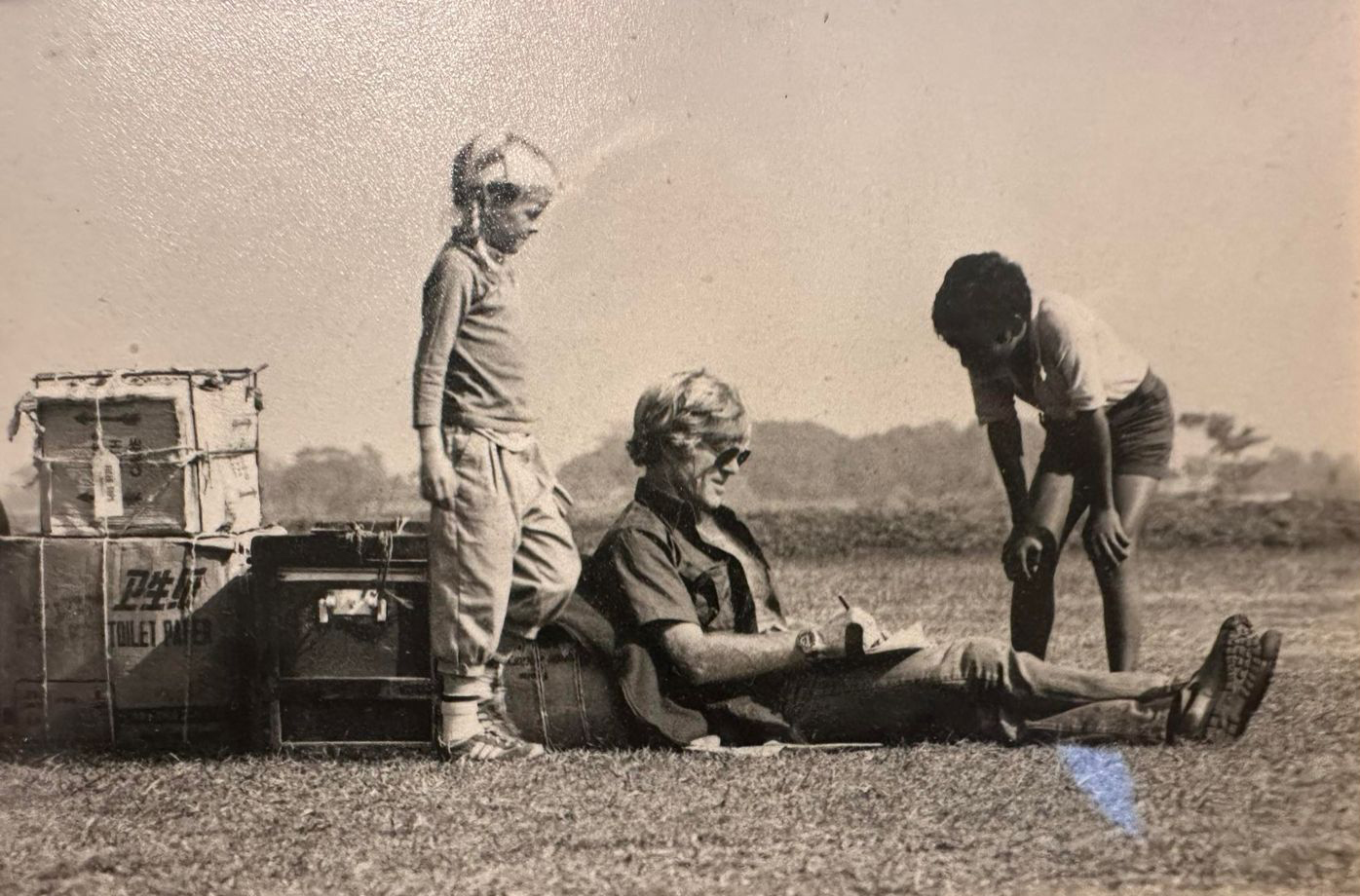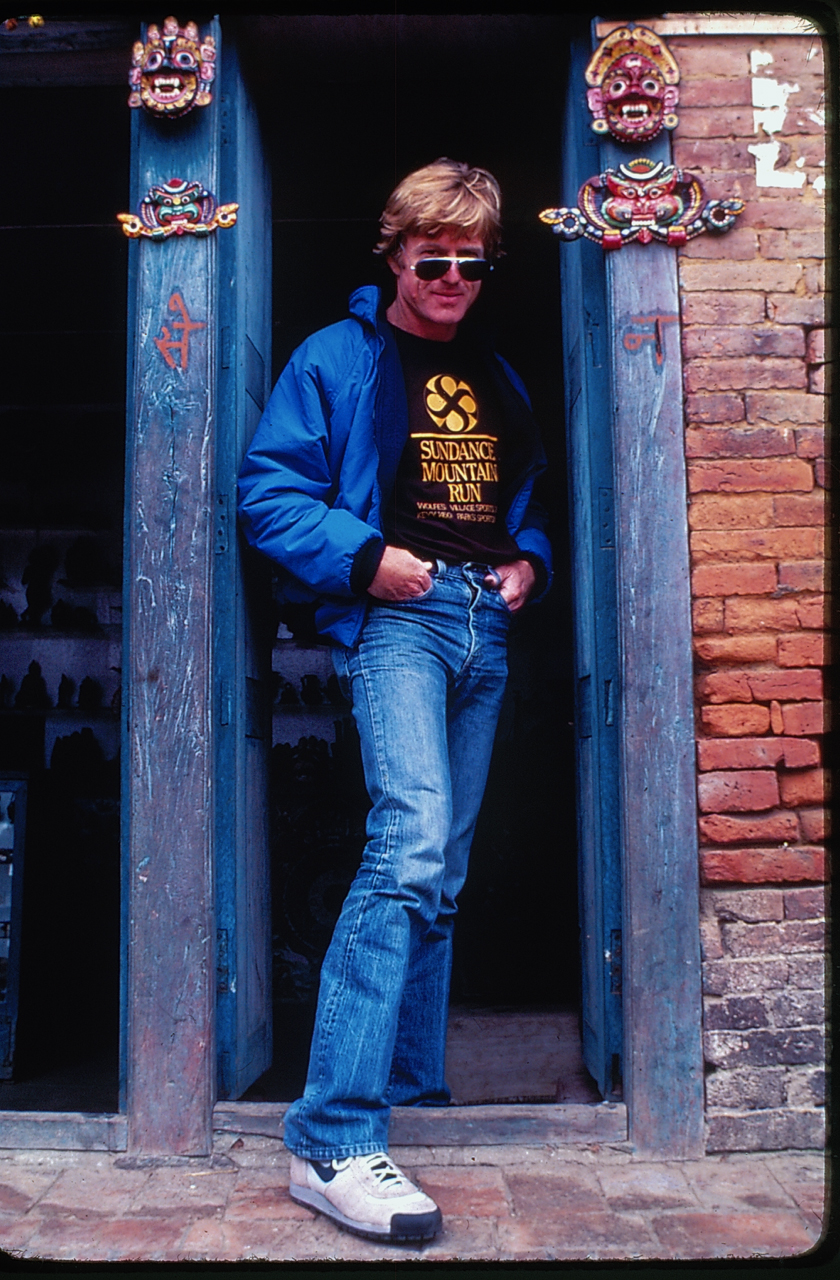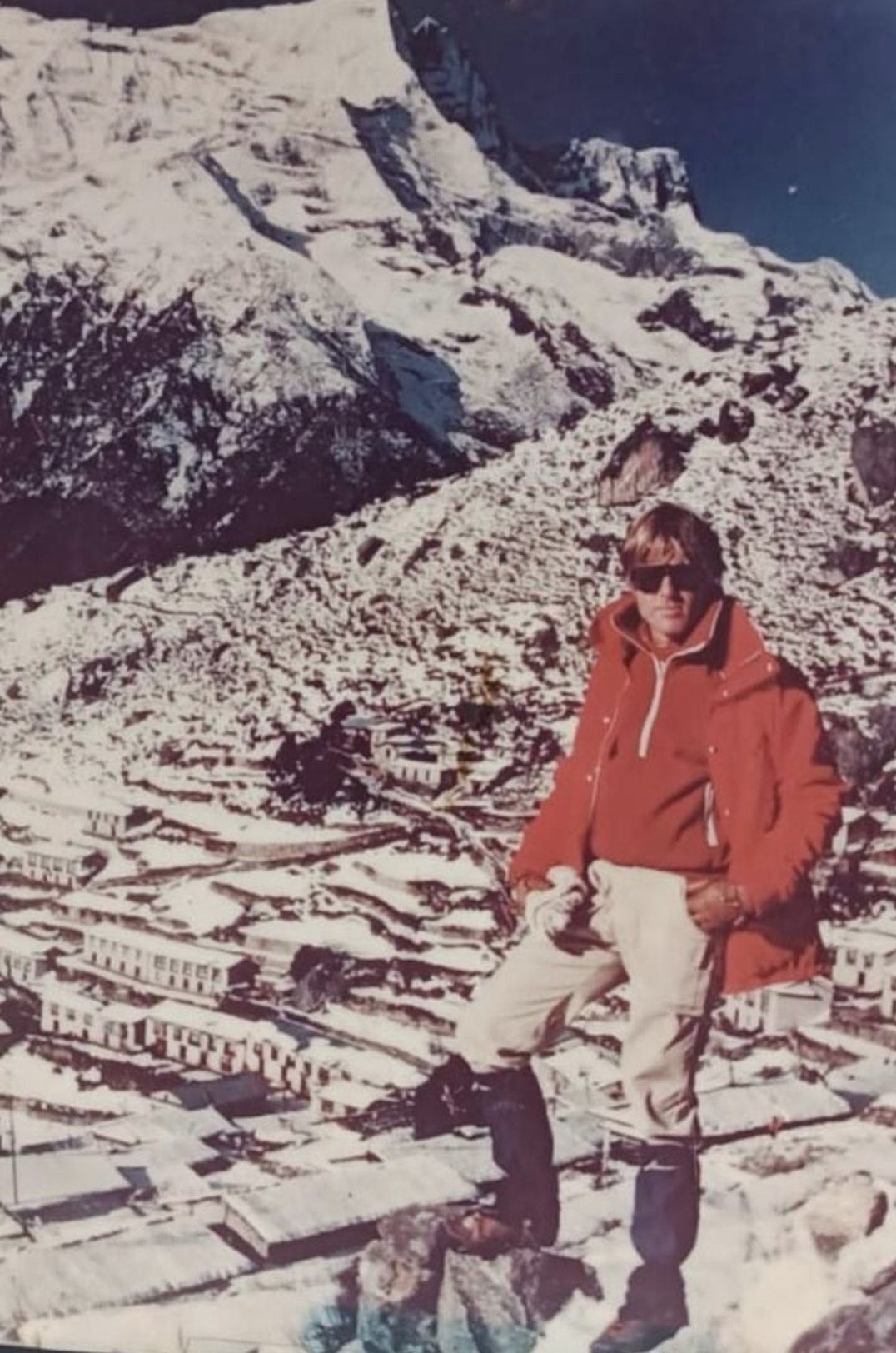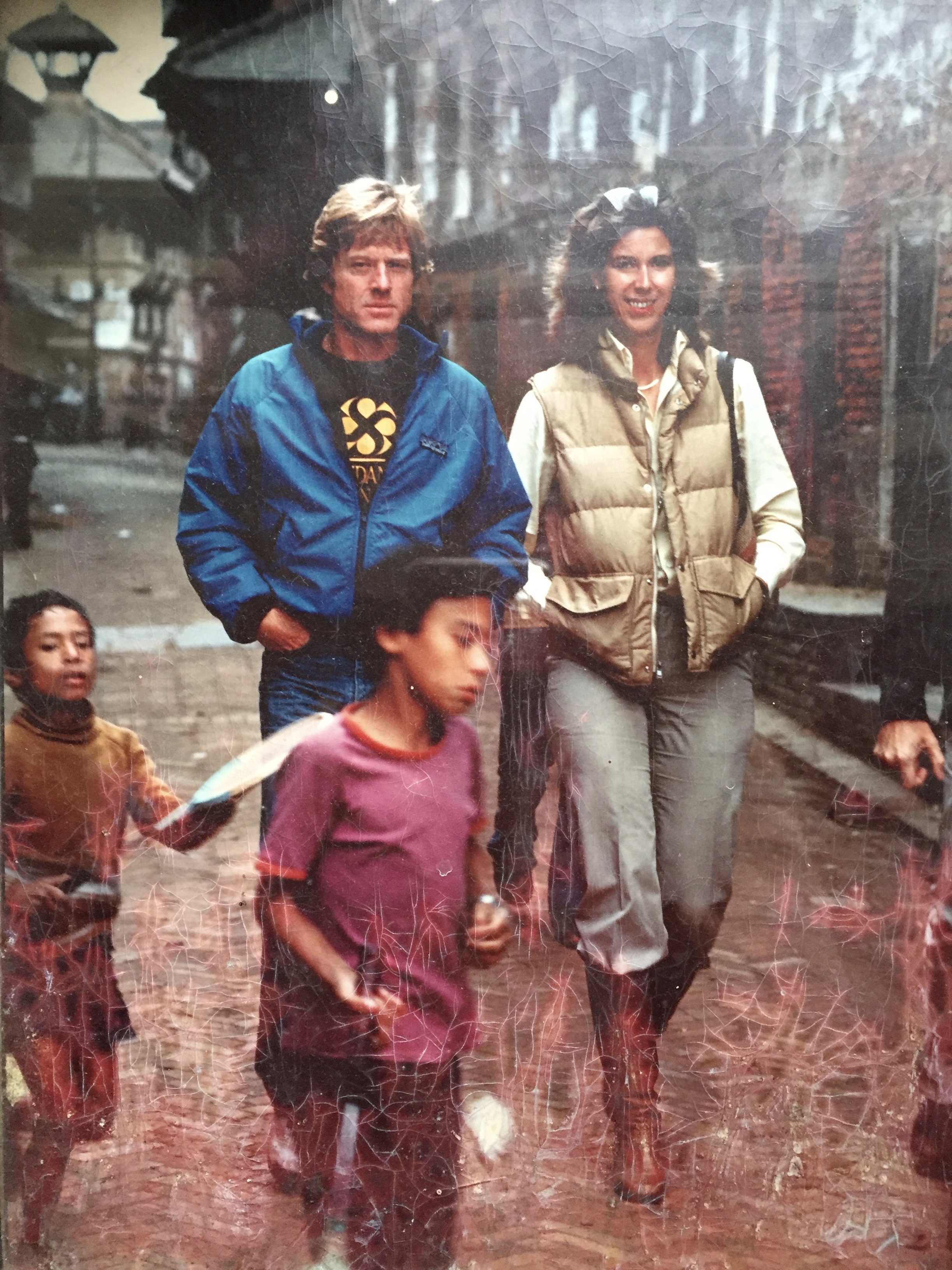The Sundance Kid in Nepal
Robert Redford was at the height of his fame when he visited Nepal in 1982Robert Redford was an A-list megastar who had dominated Hollywood throughout the 1970s, generally considered the high water mark of American cinema.
In those days Nepal was a fashionably remote destination, so it was not unusual for us to be looking after celebrity visitors. But Robert Redford was huge by any standards.
“Call me Bob,” was the first thing he said to me, with that wonderful embracing smile that had lit up screens and quickened heartbeats around the world throughout the previous decade.
We met over a cosy Mountain Travel dinner in Al Read’s brick and stucco house in Dhobighat. The floors were traditional terracotta tiles, the low beams darkly varnished and a cheerful fire warmed the October chill.

Our heroes often seem diminished in real life and Redford was shorter than expected, though taller than his friends and co-stars Paul Newman and Dustin Hoffman. But most striking was his pock-marked skin which must have challenged makeup artists over the years.
I was disappointed he was not wearing his trademark cowboy boots, but Bob’s fame infused the room with his gentle politeness and low-key glamour.
Next morning I picked him up from the Malla Hotel for some light sightseeing around the Valley. Under strict instruction from ‘his people’ that any fuss from fans was to be minimised, I was surprised to see him wearing a Sundance tee-shirt – just in case no one recognised him.

Unmolested, we walked the ancient streets of Bhaktapur, and Bob was duly entranced by the visual impact of Malla Newar’s enduring culture.
Robert Redford’s main purpose in Nepal was to trek in the Khumbu with his friend Galen Rowell, an adventure photographer, conservationist and mountaineer who met a premature death in 2002 in a small plane crash in Bishop, California.
There may have been some talk of a film about Everest, but nothing came of it. After the trek, Bob and Galen explored the grasslands and forests of Chitwan, staying with us at Tiger Tops Jungle Lodge to view wildlife from the back of a well-trained elephant.

Confiding that he was not much of a traveller, Bob told us Nepal was one of his first trips outside the USA. Bob preferred his homes in Malibu on the Pacific coast and the wide open spaces of Utah, which he named Sundance after his favourite role.
SOARING GRANDEUR
With his strong affinity for the outdoors, Redford’s horizons must have been significantly expanded by the soaring grandeur of Nepal's sublime mountains, untamed rivers, and tiger and rhino infested lowlands.
Galen’s knowledge and enthusiasm for all things Himalayan made him the perfect person to introduce this prominent novice tourist to Nepal’s wild places. Framed photographs of Bob taken by Galen’s skilled camera still grace tourist lodges on the Everest trail, and I confess to having one hanging in our downstairs loo.

His movie classics that defined our youth included the iconic Butch Cassidy and the Sundance Kid, The Sting, All The President’s Men and The Way We Were. With many Oscar nominations, his personal best was Ordinary People, his directing debut which swept the award board in 1980, shortly before his Nepal trip.
But Robert Redford was more than just an all American action man actor and successful film director. He chose roles that highlighted his political and social outlook. He was admired as an active environmental campaigner, using his fame to fight for clean air and pure water, serving as a trustee of the Natural Resources Defence Council.
Redford once said: “The danger of success is that it forces you into a mould. I prefer independence.” Choosing the wilds of Utah over the jungles of Hollywood, in 1981 he started the Sundance Institute to cultivate controversial and independent movie talent.

Festival screenings and workshops gave thousands of film people a chance of artistic freedom, nurturing a galaxy of filmmaker greats. At the end of his long life, Redford’s Sundance is widely recognised as having profoundly influenced American cinema.
I like to think that Robert Redford’s rare overseas holiday amidst the stunning natural beauty of Nepal’s high mountains, Sherpa villages, living heritage and endangered animals might have opened his eyes and perhaps even sparked his lifelong concern for social and environmental issues.




